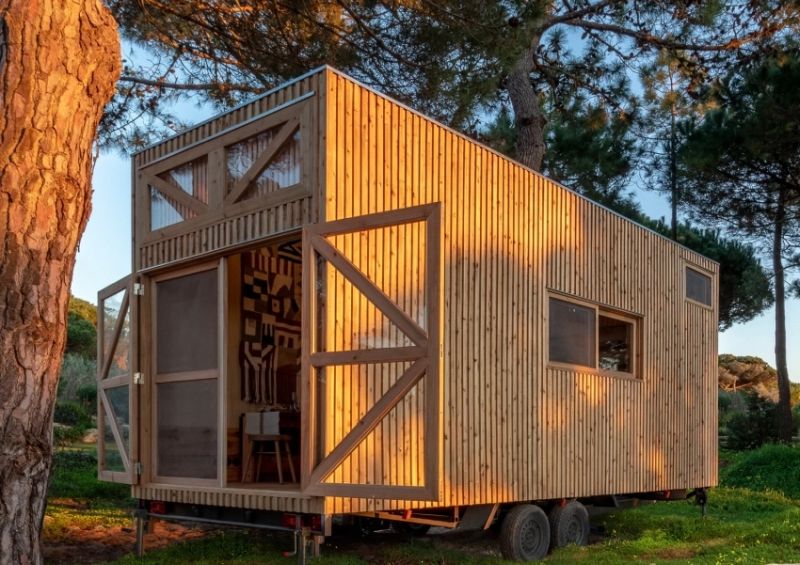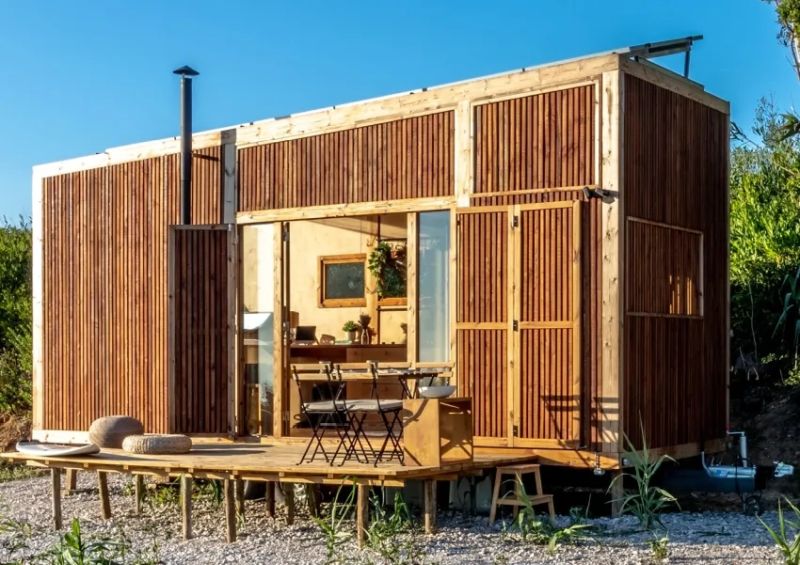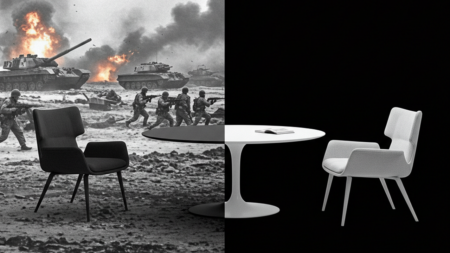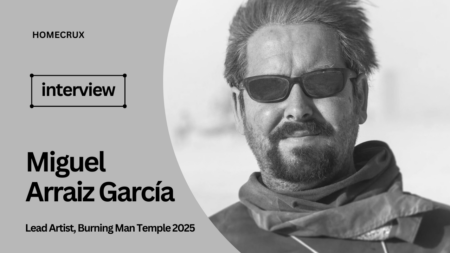If the meticulous design is a slab Madeiguincho stands upon, then crafty woodworking is the pillar that holds it together. The Portuguese design studio is distinguished in the league of tiny house makers for its contemporary architectural techniques. Built on the footing of sustainability, Madeiguincho is renowned for its eco-friendly tiny homes.
From URSA off-grid tiny house featuring a rainwater harvesting system to Cassiopeia Treehouse built with a playful slide, Madeiguincho has done it all. The studio has attained massive coverage in the past few years and has achieved brilliant design feats, enough to pique our interest in the firm. We caught up with Goncalo Marrote, CEO of Madeiguincho, for a quick chat and the architect-designer talked us through his experience in architecture and the studio’s future projects.
Homecrux (HC): What does Madeiguincho mean and what sparked your interest in tiny house building?
Goncalo Marrote (GM) : It means Wood from Guincho. We derived the studio name after the beautiful and famous beach close to us. The interest and the challenge of being able to live comfortably in small spaces is what intrigued my interest in tiny house building.
HC: Born in a family of carpenters, how did the knowledge acquired from hands-on experiences help? Brief us on the process involved in tiny house designing?
GM: Being born in a family of carpenters eases and fastens the process. It’s a deep connection sometimes without being noticed. As far as the process is concerned, it is the client who tells us their dreams and ideas after we do our input and try to find a middle ground. It’s a natural process.
HC: You have worked with multiple studios worldwide. How does it help you in shaping up an affordable and sustainable project?
GM: I believe it helps in sense of a wider perspective from a bigger scale of urban to scale of hand. Macro to Micro, we call it in the architectural language wherein we try to make the most efficient processes and material. I believe, it’s good to wider your perspective on life and of course architecture. It gives you more doubts than curtains, which I believe helps to keep the creative spark alive.


HC: Are you currently focusing only on the Portuguese market or planning to go global? What are zoning and government regulations in Portugal tiny house buyers need to keep in mind?
GM: We go wherever our clients are willing us to go. So far we are in Portugal but we are not close to that. The tiny house industry in Portugal is relatively new so regulations are not always 100% clear. From a practical point of view, we are building structures on top of a cargo trailer.
HC: How does designing and construction part go hand in hand? The pandemic left every business – big or small – in shambles. How did it impact yours?
GM: We are very lucky that we work just some meters distance from architects and carpenters so that really helps the process. I try to have our teams in a good loving environment and not in a competitive one. The only competition has to be with our own self. We will build a treehouse in summer between centenary pines. The pandemic increased our business since more and more people want to go off-grid. Like we say OFF-grid / ON-life.
HC: What are your favorite builds so far?
GM: Have to quote Peter Zumthor here, and like he says, ‘I have no favorite building since they are like my children with different characteristics, one as this, other as that and so on… Love them all and no favorite one.’
HC: Any tips for budding architects and tiny house builders?
GM: Cliché here but no other way than follow your heart and be stubborn about following your instinct.
Follow Homecrux on Google News!




